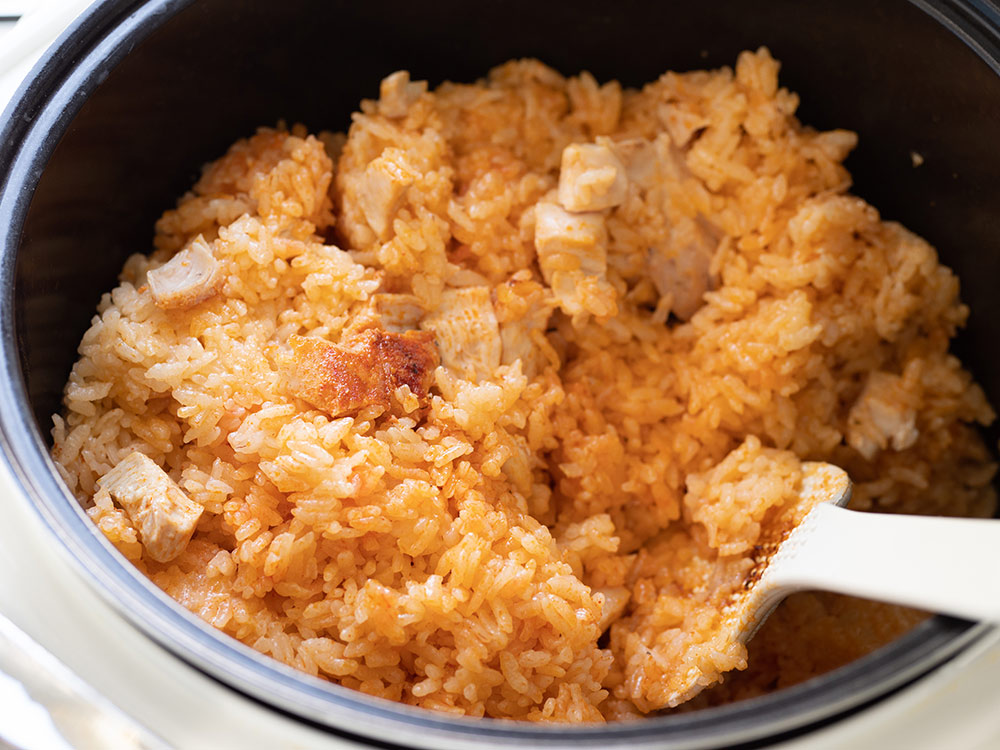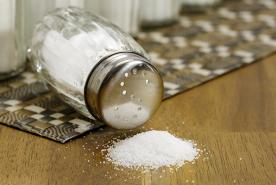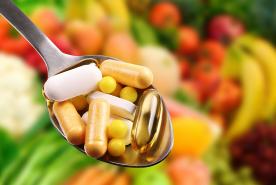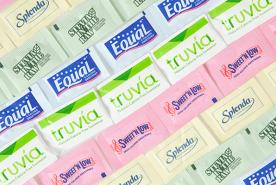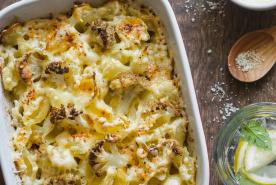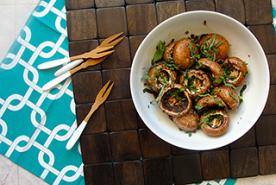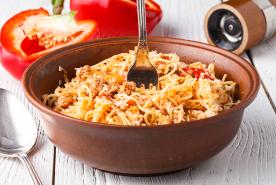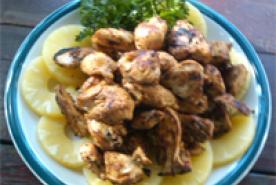Last Updated: July 05, 2024
Medically reviewed by NKF Patient Education Team
Introduction
Making healthy food choices is important to us all, but it is even more important if you have chronic kidney disease (CKD). Good nutrition gives you energy to do your daily tasks, prevent infection, build muscle, help maintain a healthy weight— and it may keep your kidney disease from getting worse.
Your kidneys help keep the right balance of nutrients and minerals in your body. But if you have kidney disease, your kidneys may not do this job very well. There are five key nutrients you may need to control: Protein, Sodium, Fluid, Potassium, and Phosphorus. Additional handouts will give you more information about each of the key nutrients. Eating the right amount of each of these can help control the buildup of waste and fluid in your blood.
Let’s see how phosphorus fits into the kidney diet.
How much phosphorus should I have?
Eating too much phosphorus can be bad for your health if your kidney function is in decline. The source of dietary phosphorus can make a difference in your blood phosphorus level. For example, phosphorus from phosphate food additives is more highly absorbed than phosphorus from natural food sources. Ask your doctor about meeting with a registered dietitian with special training in kidney disease to help you manage your phosphorus intake.
Best changes to control phosphorus intake
- Avoid processed and fast foods with phosphate additives such as phosphoric acid, tricalcium phosphate, etc.
- Use non-dairy creamers and milk substitutes in place of milk in callaloo, curry, or pelau.
- Serving size is important because most foods have phosphorus. A large amount of a low phosphorus food can turn into a high-phosphorus food.
- If your doctor orders a phosphate binder medicine be sure to take it with meals and snacks as directed.
- If you are on dialysis, be sure to get all the treatment or exchanges prescribed to you.
Recipe: Arroz con Pollo
Arroz con Pollo is a Caribbean dish that is good for patients with kidney disease. It includes chicken, white rice, low-sodium chicken broth, onion, bell pepper, garlic, olive oil, turmeric, black pepper, and chili powder. Rinsing the rice removes extra potassium. Using low-sodium broth keeps it kidney-friendly. This dish is low in phosphorus and is tasty and healthy.
